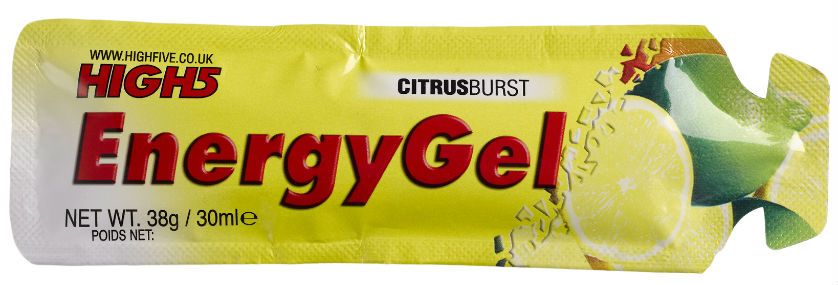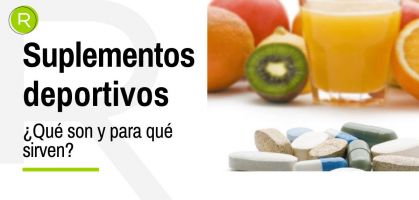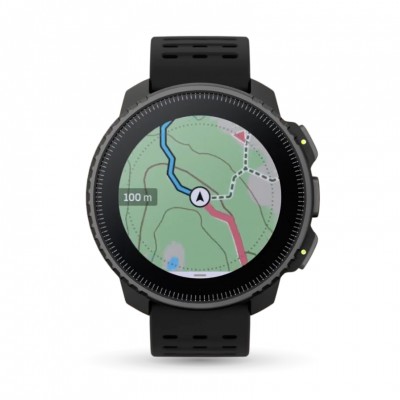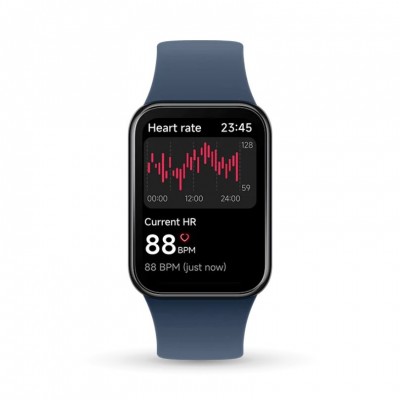Your body needs fuel to feed your muscles when you exercise. It uses two main sources of energy for this purpose: carbohydrates and fat. The primary one is carbohydrates, which are quickly converted into energy. The main problem lies in the limited amount of carbohydrates your muscles can store. The secondary source is fat, an abundant resource in your body, but slow to convert into energy.
Energy gels are the sports supplement par excellence consumed by runners in races and long-distance training. They are a kind of rather viscous substance whose contents are generally carbohydrates with a high glycemic index and very easily absorbed by the body. These gels allow you to provide you with energy quickly, making up for the lack of glycogen reserves.
Composition
The main component of the energy gels are carbohydrates with a high glycemic index provided by sucrose, dextrose, glucose, etc. They may also contain B vitamins, amino acids, antioxidants, minerals and even caffeine. Fructose deserves a separate mention, a carbohydrate with a lower glycemic index and especially useful in long-distance races such as marathons, since it provides energy in a more contained form.
You may be interested in: Does an athlete need supplementation?
Purpose
Although energy gels provide you with energy quickly, it does not mean that it is instantaneous. Before they enter the bloodstream and become fuel, they need to be digested in the same way as other foods and liquids you consume in your daily life. Absorption time will depend on the individual.
Energy gels should always be consumed with water, since carbohydrates need the liquid element to be metabolized properly. If you ignore what we say or if you take it with an isotonic drink, the only thing you will achieve is to increase dehydration because the body will get the water from your muscles.
When not to consume
- In short distances, never
Never over short distances, whether training or racing. As mentioned above, the amount of glycogen your muscles can store is limited. The autonomy provided by this primary energy source is approximately 90 minutes when running at high paces. Therefore, replenishing carbohydrates before this time is inefficient. There is no point in providing your body with energy when it has enough.
- Tests, in training
If you have never consumed energy gels and you are going to race, don't experiment on race day. In long-distance races they can be a great ally, but they can also cause stomach discomfort.
- Refrain from taking them one hour before the start.
Due to the high glycemic index contained in this type of gels, if you consume them in the hour before the start, you run the risk of suffering from hypoglycemia and the dreaded rebound effect. Your body will not be able to assimilate that peak of glucose in blood, which will result in a subsequent slump, forcing you to withdraw from the race.
Read more news about: Nutrition















